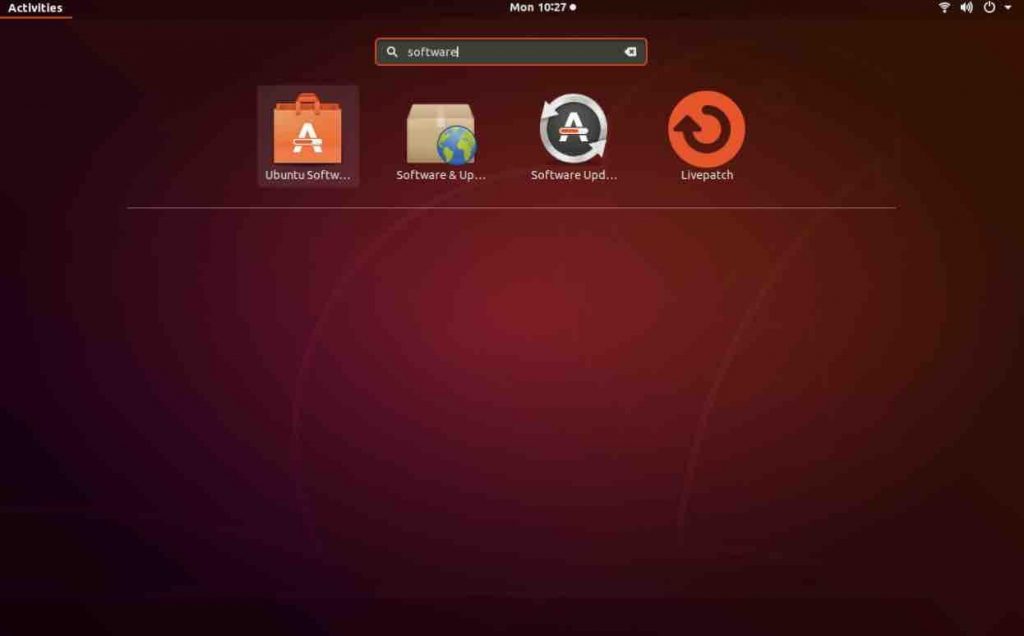
Save the file and exit back to the terminalĮdit the mpd configuration file sudo nano /etc/mpd. To resolve this we need to edit the Raspberry Pi configuration file sudo nano /boot/config.txtĪdd the following line to select HDMI audio mode hdmi_drive=2 My Raspberry Pi is connected to our television via and HDMI cable, and I find the by default the sound does not work. Add these lines to the end of /etc/mpd.conf audio_output We also need to tell mpd to use the PulseAudio sound system rather than ALSA. libfdk-aac-dev is one more than at the RPi-Documetation page.

#Pulseaudio install install#
M3U playlistsĮdit the mpd configuration file with the nano text editor by issuing the following command sudo nano /etc/mpd.confĬhange the music_directory and playlist_directory settings to point to the location where your music files are stored As Dependencies I had to install the following packages: apt-get install libasound2-dev dh-autoreconf libortp-dev bluez bluetooth bluez-tools libbluetooth-dev libusb-dev libglib2.0-dev libudev-dev libical-dev libreadline-dev libsbc1 libsbc-dev libfdk-aac-dev. The configuration file for mpd is stored in /etc/mpd.confīy default mpd will look in /var/lib/mpd/music for music files, and in /var/lib/mpd/playlist for.

Installing mplayer, mpg321 and lame will ensure that the MP3 codecs are setup, and that we can play MP3 files from the command lineĪt this point it is worth rebooting the system sudo shutdown -r now Connect the microphone and speakers to 3.5 mm audio jacks on the USB sound card. Connect Bluetooth dongle and USB sound card with Raspberry Pi. Now install PulseAudio and the other required packages sudo apt-get install mpd mpc pulseaudio pulseaudio-module-zeroconf mpg321 lame mplayer pavucontrol paprefs PulseAudio 6.0 or later (not pre-installed in Stretch, but it supports v10.0) oFono 1.13 or later (not pre-installed in Stretch, but it supports v1.18) Steps.
#Pulseaudio install update#
Start by entering these commands from the terminal to update your system sudo apt-get update It is a drop in replacement for the ESD sound server with much better latency, mixing/re-sampling quality and overall architecture. Raspberry Pi PulseAudio & MPD/MPC Installation PulseAudio, previously known as Polypaudio, is a sound server for POSIX and WIN32 systems. Kind regards, and thanks in advance for any feedback. I will also add more on usage of MPC and streaming. It performs advanced operations on sound data as it passes between your application and hardware.

It is an integral part of all relevant modern Linux distributions and is used in various mobile devices, by multiple vendors. I still have a few minor issues which I will document later this week. PulseAudio is a sound server system for POSIX OSes, meaning that it is a proxy for your sound applications. I would class myself as an intermediate user, so I am sure some experts out there could suggest improvements. After struggling for some time with installing PulseAudio, and getting MPC/MPD working with HTTP streaming on Raspian I have put together some notes (mainly for my benefit), but would appreciate any feedback from members of the community as to if I have missed anything.


 0 kommentar(er)
0 kommentar(er)
